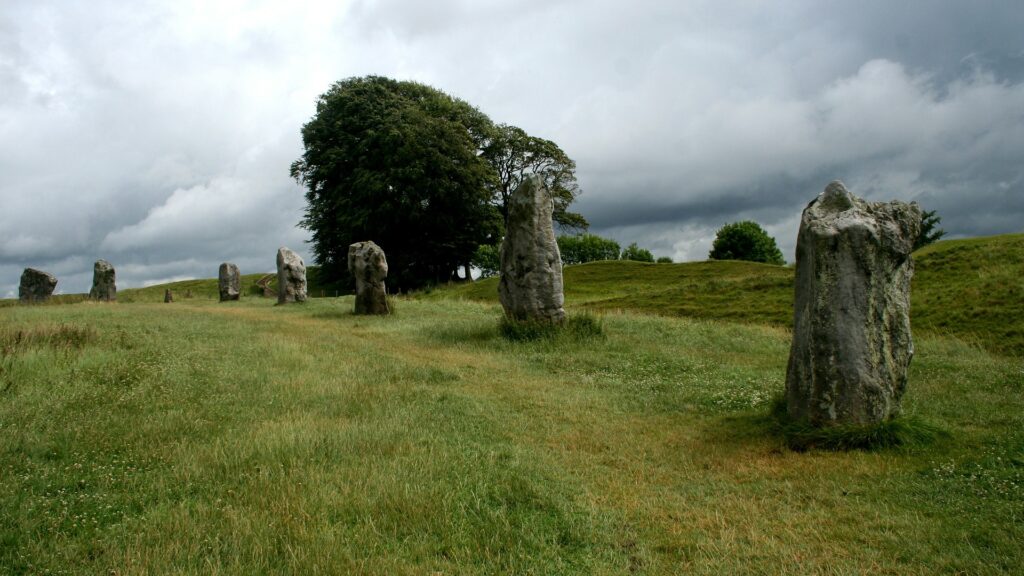Stonehenge, Avebury, Cumbria and Associated Sites are a UNESCO World Heritage Site located in Wiltshire, England. It was originally designated as a prehistoric monument, but has since been given the status of a World Heritage Site. The WHS covers about fifteen large rural areas separated by approximately fifteen miles, and not a single building or monument. This means that Stonehenge was never constructed as a single structure, but was a series of ancient settlements or fieldwork which have now been totally erased. There is evidence that during the Neolithic age, around three thousand years ago, Stonehenge was built by human beings.
In 1986, the world recognized the existence of Stonehenge by presenting it on the list of the register of Historic monuments of England. In addition, several other sites in the vicinity were also included in this register. After the works of Dr. Richard Hawdon and Sir Peter Bingham opened the museum to study the Stonehenge deposits, they were fascinated by its pre-historic characteristics. They felt that the formation of this large gene was nothing less than miraculous, and it must have taken millions of years for the henge to be built. Thus, the present generation can appreciate the wonder of the early man by looking at the Stonehenge museum.
Many people visit the Stonehenge to get a glimpse of the amazing ancient stone formations. Though the place is overcrowded today, it is still possible to see some of these formations. Of course, the main attraction is the Henglethorpe Park which has a huge circle of standing upright stone circles. You can take a walk round the perimeter and get a glimpse of the fantastic sunset. Though many visitors prefer to take the tram to the Henglethorpe Park, you can also visit the circular formations on your own, if you are lucky enough to come early in the morning.

The Wye River gives you an awesome view of the Stonehenge and others nearby. This is a good site to take photographs as it is relatively free from obstructions. At the Wye River, you will find much less hustle and bustle. The view is stunning, and you will therefore be able to appreciate the charm of the Stonehenge more. There are many other fascinating places to explore near Stonehenge; however, if you really want to experience the incredible mystery that surrounds the land of Stonehenge, you should certainly visit some of the Circle C monuments.
There are many others like the Horkestone House, which is located near the Henglethorpe Park. The Horkestone House was originally built in the thirteenth century, and it has been beautifully restored to its former glory. You can learn about the history of the place by exploring the many ancient artifacts that can be found in the Horkestone House Museum. The circular formations at Henglethorpe Park are also popular places for bird watchers, although it may not be a good idea to watch these animals when there are groups of tourists around.
You can also visit other places in Stonehenge, such as the Charnel House. This impressive establishment dates back to the fourteenth century. You will find beautiful carvings throughout the house and in its interior. These carvings are inspired by Stonehenge’s Prehistoric period, which is between the fourth and seventh centuries before Christ. This is the main reason why there are many vestiges of such works in the area. When you visit the area, you will certainly discover many other fascinating things to do and see.

My name is Joe Ambrose and I’m a passionate world traveller. A nomad in constant movement around our fantastic globe.


